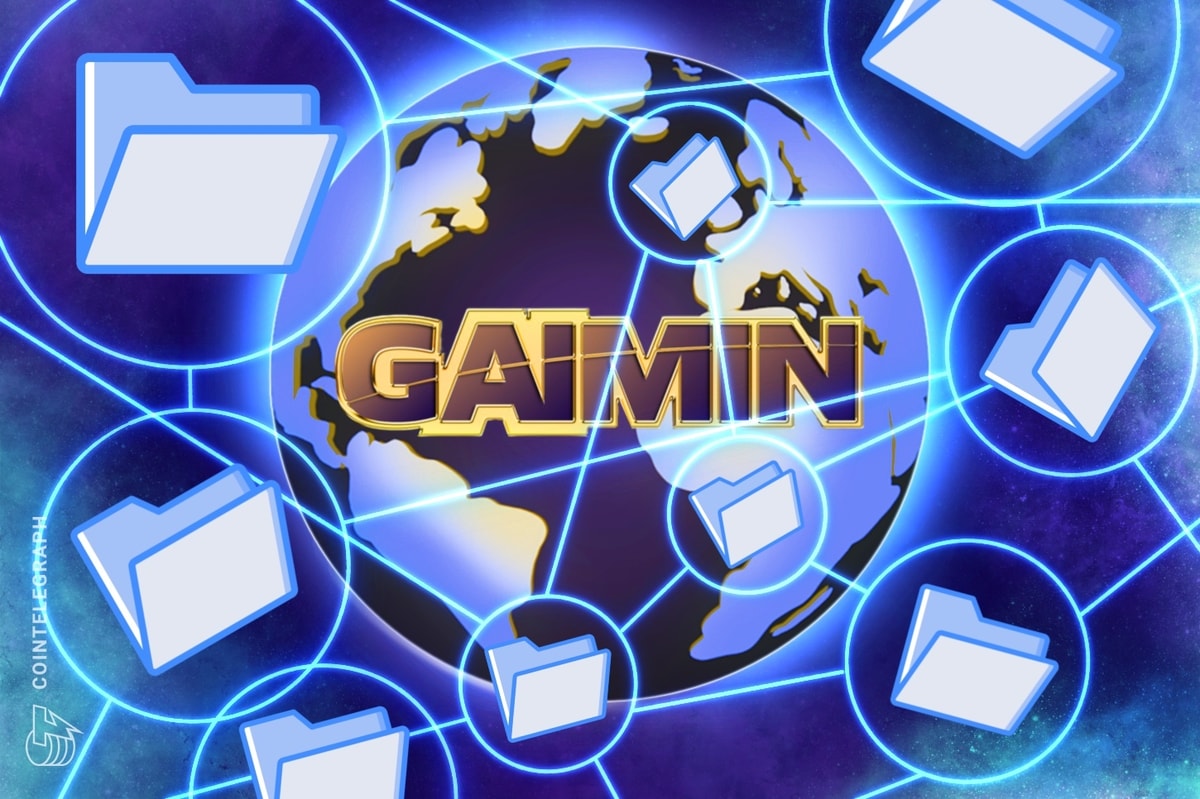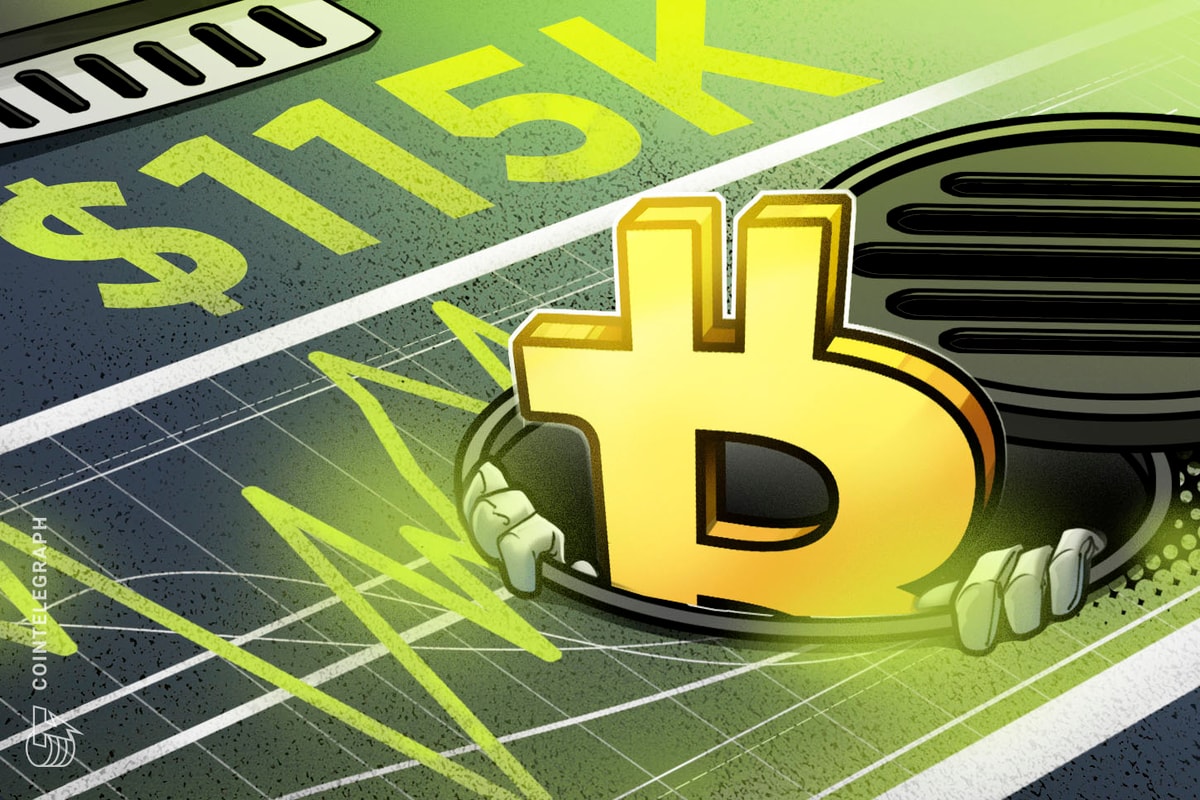Solana's native token SOL (SOL) experienced a 22% plunge in just eleven days after reaching $126.30 on Dec. 25, 2023. Some analysts may argue that the bullish momentum persists, as its current price of $98.40 represents a 61% gain from the previous month. However, crypto traders tend to shift their portfolios swiftly when better opportunities arise. Investors are now questioning whether Solana's network activity confirms the deteriorating sentiment toward SOL's token price.
Some analysts attribute SOL's rally to the airdrop frenzy that swept through the network after the newly launched JITO token was listed on major centralized exchanges on Dec. 7, 2023, achieving a market capitalization of over $300 million within the first few hours of trading. This success was followed by the BONK memecoin on Dec. 14, 2023, which caused Solana's Saga phone to sell out, as some airdrops targeted mobile phone owners.
Nevertheless, the bullish momentum was supported by a significant surge in volume within Solana's decentralized applications (DApps) ecosystem. This occurred despite multiple competing blockchains experiencing outages due to increased activity in December 2023, including Arbitrum, zkSync and BNB Chain.
After the initial rush for Solana SPL tokens subsided, resulting in losses of 40%, 41%, and 44% for Jito (JTO), DogWifHat (WIF), and BONK respectively, investors are questioning whether there is anything else to support SOL's $42 billion valuation that makes it the fourth-largest cryptocurrency excluding stablecoins.
When examining Solana’s total value locked (TVL), it becomes apparent that demand has been declining, although it's not yet a point of concern.

Solana;sTVL, in SOL terms, reached its peak at 15.4 million SOL deposits on Dec. 19, 2023, but experienced a 17% decline to 12.8 million SOL on Jan. 5, 2024.
On a positive note, the current TVL reflects a 13% increase from the previous month. In comparison, BNB Chain's TVL declined by 12% in BNB terms during the same period, while the Avalanche network shrank by 8% in AVAX terms.
To better assess the impact of SOL token's 9% weekly decline on Solana network demand, one should analyze activity in terms of DApps volume and active addresses.

Noticeably, Solana's declining activity in the seven days leading up to Jan. 5, 2024, stands out in terms of active addresses and volumes. Moreover, Solana's market share in terms of volumes is at 2.6%, which doesn't position it as a direct competitor to more established blockchains like Ethereum or BNB Chain.
Furthermore, the reduced demand for Solana's DApps spans across every sector, including decentralized finance (DeFi), liquid staking, games, social networks, and NFTs. For example, the leading decentralized exchange (DEX) Jupiter Exchange faced a 26% weekly decline in volumes, while the NFT marketplace Magic Eden experienced a 24% drop in active addresses.
Related: Why is Bitcoin price down today?
Having covered three of the most relevant indicators for network usage, traders should now analyze whether retail investors using leverage have been influenced by the recent price action. Perpetual contracts, also known as inverse swaps, include an embedded rate that is typically recalculated every eight hours. A positive funding rate indicates an increased demand for leverage among long positions.

The latest data shows a funding rate below 0.02% per eight hours, equivalent to 0.3% per week, which is not significant for most traders. This is a stark contrast to the 1.7% per week charged to leverage longs (buyers) on Jan. 2, indicating that the excessive demand is no longer present. It's worth noting that the funding rate remained positive as SOL dropped below $100 on Jan. 5, erasing the gains from the previous two weeks.
Considering the weakness in Solana's DApps activity and the declining interest in leverage longs, investor appetite for SOL seems to have plateaued. Perhaps a new wave of airdrops will hit the market and spark further interest, but the recent 9% correction appears to align with the decreased demand for the Solana network.
This article does not contain investment advice or recommendations. Every investment and trading move involves risk, and readers should conduct their own research when making a decision.











